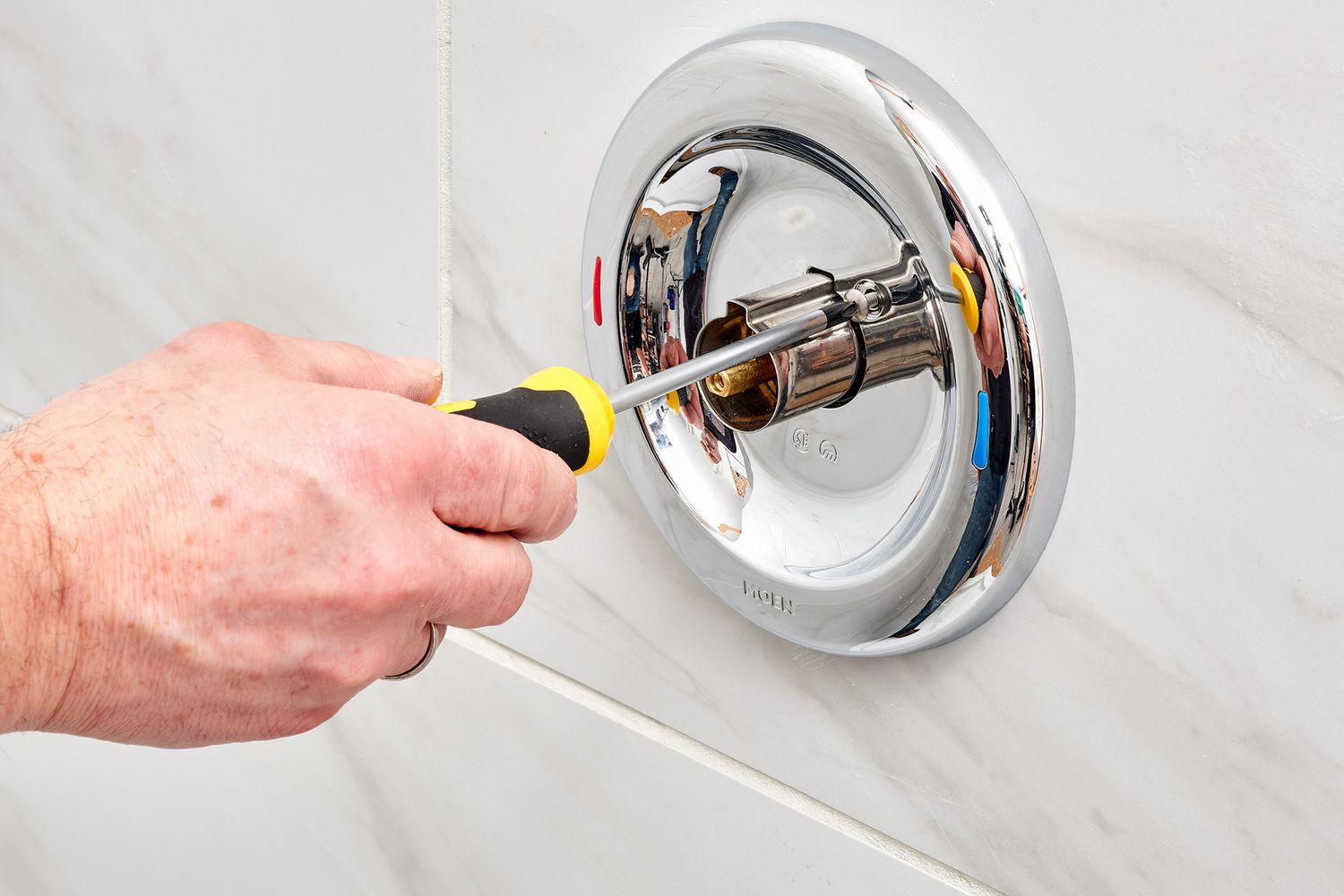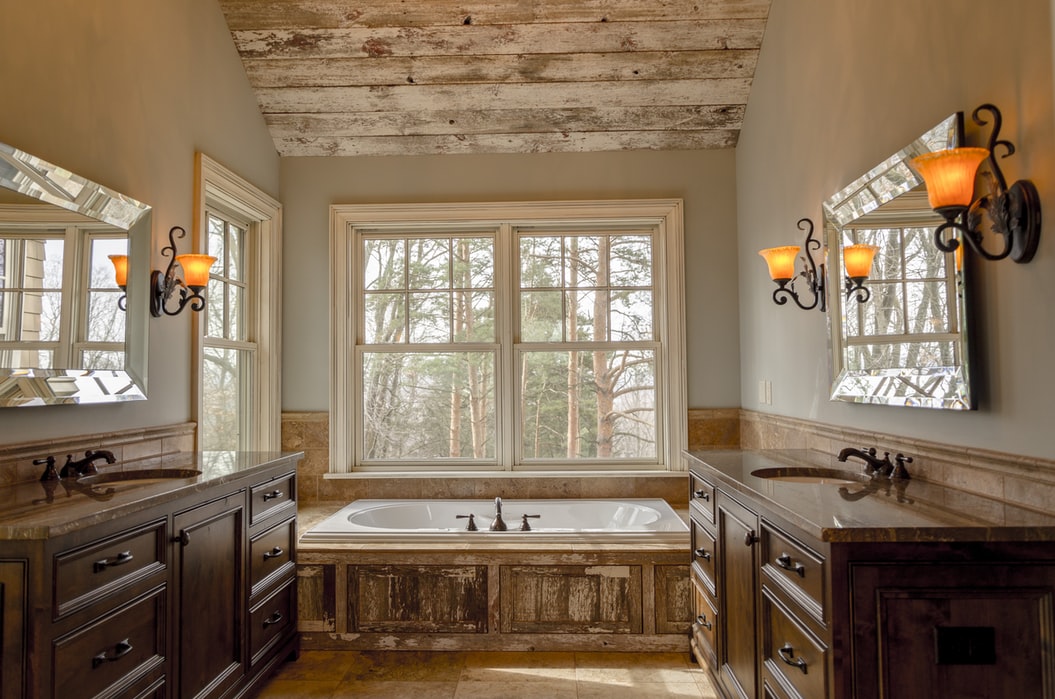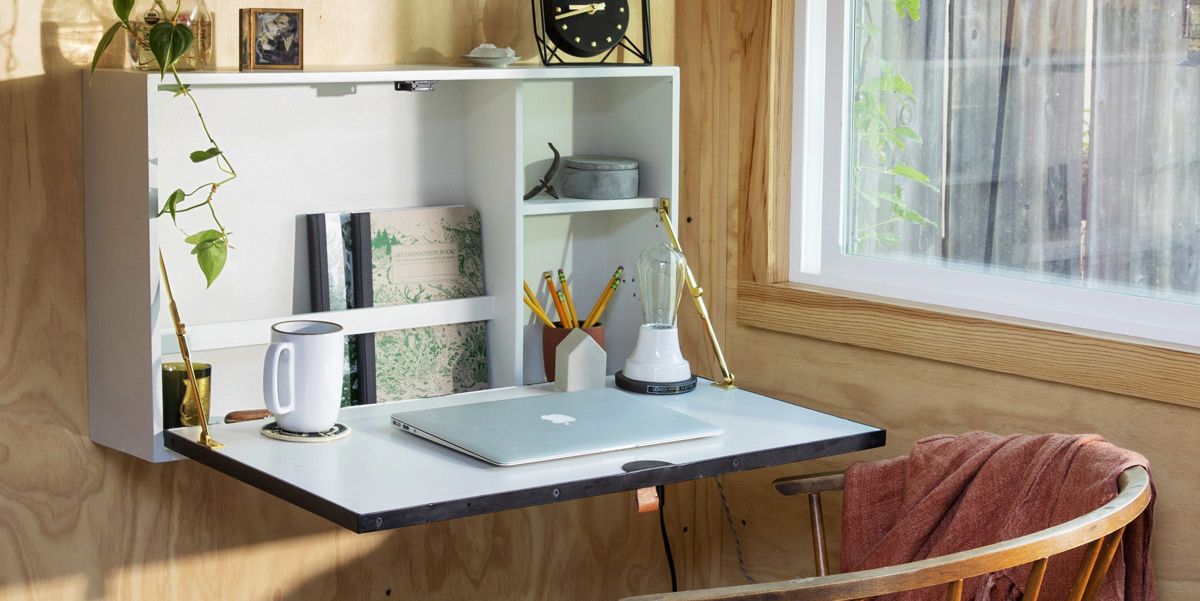Mould and high humidity can add an extra layer of stress to your already stressful move. Many renters in the UK face these nuisances due to the wet climate.
So, before hurrying up and submitting your notice, it’s important to know if you have any mildew or damp walls.
These issues could negatively influence your deposit. After all, landlords usually expect their property to be in excellent shape before you move out.
Let’s go over some actionable steps to handle these issues so you can turn over the keys with confidence.
The Difference Between Mould and Dampness
Both unsightly defects result from excessive moisture accumulation. However, mould manifests differently than dampness and requires distinct treatment.
You’ll have to look into a few things to determine whether you have an oversaturation problem or not. The telltale signs are usually dark patches and peeling wallpaper. Moreover, bubbling paint is also a clear indicator.
What are the major culprits, you might ask? Inadequate ventilation is the first problem. Next, we have faulty plumbing to blame. Lastly, compromised insulation can be behind the issue as well.
Mildew is just another type of fungus, and pretty much like all fungi, it thrives in wet environments. You can easily identify it by its characteristic black or green specks.
These invasive spores typically grow in bathrooms and kitchens, along with other places lacking proper air circulation.
Both types of water damage can trigger several health problems. Those who suffer from allergies or respiratory issues tend to suffer the most.
The Dangers of Ignoring Them
Your landlord is legally entitled to allocate a portion of your collateral for repairs or cleanups if they’re unsatisfied with the state of the property.
They could also bring in specialised experts to perform these tasks. Naturally, this results in even bigger deductions.
Handling these issues by yourself clearly demonstrates one thing. that you have fulfilled your obligations to the best of your abilities.
Moreover, this helps you establish a good rapport with your lessor. And we all know this ultimately increase your chances of a full deposit reimbursement at the end of your tenancy.
Move-out cleaning experts can remove all visible signs of mould and dampness if you’re not confident in your ability to handle them on your own.
Early intervention makes all the difference here, regardless of which route you take. The sooner you act, the easier they are to eliminate.
Identify the Source of the Dampness
You must find the source of the moisture to undo the damage it inflicted once and for all. The most common culprits you should look for include:
- Condensation. This is a quite frequent cause of dampness. It usually happens in areas with poor ventilation. It occurs when moisture or steam gathers on cool surfaces, like windows or walls.
- Leaking pipes. Wet spots are another culprit. They usually occur beneath appliances and sinks. Whenever that happens, it’s a good indication of one thing. that parts of your plumbing system are leaking. These common plumbing problems usually fall under the proprietor’s purview, so it’s crucial to let them know right away.
- Rising dampness. This occurs when groundwater seeps through the building’s walls. It often affects older homes.
Having found where the water is coming from, you can now cut off the source, and restore the place back to its original state.
Before attempting any repairs, though, you need to know what you’re actually liable for. Compromised plumbing and structural issues fall onto the landlord and should be reported immediately before they escalate.
However, if the root cause of the water damage is poor ventilation, it should be easy enough for you to handle without involving the property owner.
Clean the Affected Areas Thoroughly
Mould must be addressed right away. Allowing it to spread will only exacerbate the infestation. The good news is you can easily eliminate these pesky black spots if they haven’t spread too far.
Start by applying a bleaching solution or a specialised cleaner. Most supermarkets carry a selection of mould removers that will do the job.
Another alternative is the combination of one part bleach with four parts water. This DIY mildew remover will help the get rid of the fungi quickly.
Regarding protection, be sure to ventilate the area thoroughly and wear gloves. There’s no sense risking developing any respiratory ailments or skin irritations, as they’re both quite unpleasant to deal with.
Next, rigorous scrubbing using a sponge or toothbrush should do the trick. As for the more stubborn spots, let the cleaner sit for a few minutes before wiping it off and scouring the residue.
Allow the area to dry thoroughly to keep the mould from returning and eliminate any stale smells. For faster results, turn on a fan or dehumidifier.
Should the mould move to soft furnishings, like the drapes or carpets, it’s best to have expert move-out cleaning specialists handle them. They can remove the unsightly fungus from textiles using industry-grade tools and techniques without damaging the fabric.
Ventilate the Property
Keeping these dark, pesky spots from coming back is just as crucial as cleaning the impacted areas. Proper ventilation is perhaps the most effective method for accomplishing this.
Improving the airflow also helps eliminate steam before it latches onto various surfaces in areas prone to condensation. Airing out the property well before moving out is then a must.
Open the windows as often as you can. The top areas you should do this in are the bathroom and kitchen, where condensation levels are usually high. Additionally, use extractor fans to help lower the air’s moisture content while cooking or showering.
If at all feasible, air-dry your clothes outside or pop them in a tumble dryer instead of hanging them indoors to minimise condensation and dampness.
Inform Your Landlord
This is for when you encounter a really alarming problem. Your landlord needs to be notified about any excessive moisture damage or a serious plumbing leak.
So, it’s best to be transparent and talk to them right away lest you risk damaging your relationship and in turn, endanger your deposit’s return.
Moreover, typically, as per the contract, property owners are the ones responsible for handling these structural defects.
Letting the proprietor know about these issues early on indicates that you have taken good care of the property. When the final inspection comes around, this will help prevent potential conflicts.
It also enables you to leave a great impression, which will surely come in handy if you need them to vouch for you with your next landlord.
Use Move-Out Cleaning Specialists
Move-out cleaning services are well worth the investment, even if you have eliminated the mould and moisture yourself.
Having previously worked on numerous rental properties, end of tenancy cleaners can guarantee that the place is in perfect shape. In return, this reduces the possibility of deposit deductions.
Many reliable firms provide comprehensive services that include deep cleaning the floors and other surfaces impacted by mould or humidity. They also scour potentially problematic areas, like the kitchen and bathroom.
All in all, hiring a reputable cleaning company ensures that your home will pass the final inspection. By banishing all visible signs of mildew, you’ll be able to kick back and relax, knowing your collateral will soon be back in your wallet.
Conclusion
So, there you have it!
Deposit deductions are easily preventable when you follow this advice about fixing any damp and mould issues. This will guarantee that your landlord won’t find a fitting excuse and keep your money for themselves.
Remember, to treat water damage successfully, it’s of utmost importance to first identify its source. That’s the deciding factor that will make the whole process much simpler and easy.
Sure, it might take a little bit of extra work to address correctly. However, if you put in the effort, the issue will be resolved promptly and your relocation will go much smoother thanks to your security deposit’s return.
Best of luck to you!





